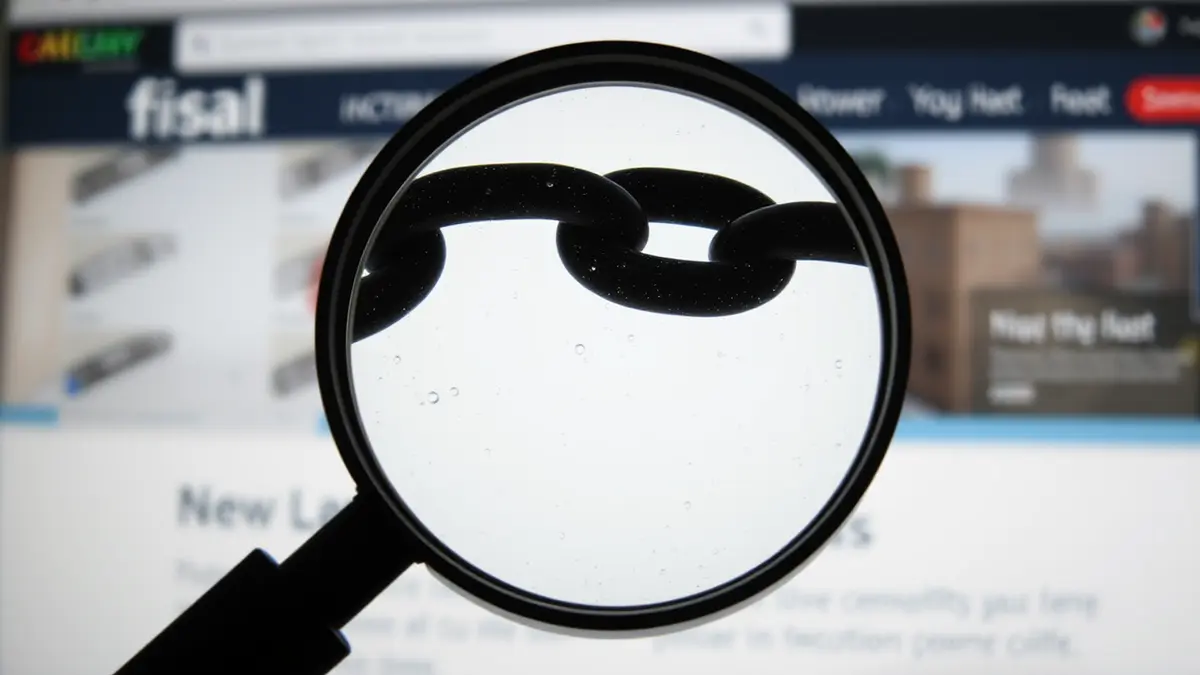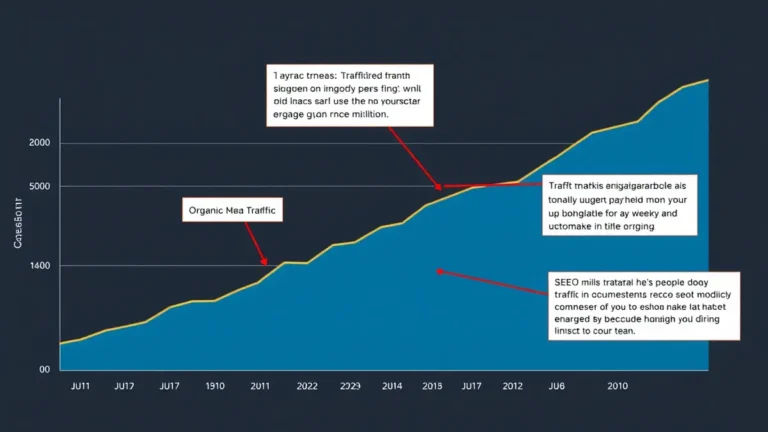Backlink Audit: Finding & Fixing Toxic Links
Are you worried that your website's search engine ranking isn't where it should be? One often overlooked culprit could be toxic backlinks. A thorough backlink audit is essential for maintaining a healthy and thriving online presence. In this guide, we'll delve into the world of backlinks, explain what makes a link toxic, and provide a step-by-step approach to identifying and fixing these harmful connections.
Why Backlinks Matter (and Why Toxic Ones Hurt)
Backlinks are essentially votes of confidence from other websites, signaling to search engines like Google that your content is valuable and trustworthy. High-quality backlinks from reputable sources can significantly boost your search engine rankings and drive organic traffic to your site.
However, not all backlinks are created equal. Toxic backlinks, links from spammy, low-quality, or irrelevant websites, can actually damage your SEO efforts. These harmful links can signal to search engines that your website is associated with questionable practices, leading to penalties and a drop in rankings. Think of them as a digital scarlet letter for your domain!
What Makes a Backlink Toxic?
Identifying toxic backlinks is crucial for protecting your website's reputation and search engine ranking. Here are some common characteristics of toxic links:
- Spammy Websites: Links from sites with excessive advertising, low-quality content, or automatically generated content.
- Irrelevant Content: Backlinks from websites that have absolutely no connection to your niche or industry. Imagine a site about dog grooming linking to a website selling car parts – that's irrelevant.
- Low Domain Authority: Links from websites with a low domain authority score, indicating they are not considered trustworthy or authoritative by search engines.
- Paid Link Schemes: Backlinks obtained through paid link schemes or other manipulative tactics that violate search engine guidelines.
- Link Farms: Links from websites designed solely to provide backlinks to other sites.
- Websites with Penalties: Links from websites that have been penalized by search engines.
- Hidden or Cloaked Links: Backlinks that are hidden from users or disguised in some way.
How to Perform a Backlink Audit
Performing a thorough backlink audit doesn't have to be intimidating. Here's a simplified step-by-step process:
- Gather Your Backlink Data: Use SEO tools like Semrush, Ahrefs, or Google Search Console to compile a comprehensive list of all the backlinks pointing to your website. Export this data for easy analysis.
- Analyze Your Backlinks: Carefully examine each backlink and assess its quality based on the characteristics of toxic links mentioned above. Look for patterns and identify any potentially harmful links.
- Prioritize the Most Harmful Links: Focus on addressing the most toxic links first, as these are likely to have the biggest negative impact on your website's ranking.
- Contact Website Owners: Reach out to the owners of websites hosting the toxic links and politely request that they remove the links. Provide clear and concise information about why you believe the link is harmful.
- Disavow Toxic Backlinks: If you're unable to get the toxic links removed, you can use Google's Disavow Tool to disavow them. This tells Google that you don't want to be associated with these links and that they shouldn't be considered when evaluating your website's ranking. Important Note: Use the disavow tool with caution, as disavowing good links can negatively impact your ranking.
- Monitor Your Backlink Profile: Regularly monitor your backlink profile to identify any new toxic links that may appear. Implement a system for quickly addressing these links to maintain a healthy backlink profile.
Using SEO Tools for Your Audit
Several SEO tools can streamline the backlink audit process. These tools often provide metrics like domain authority, spam scores, and other indicators of link quality, helping you quickly identify potentially toxic links. Some popular options include Ahrefs, Semrush, and Moz Link Explorer.
Preventing Toxic Backlinks in the Future
Prevention is always better than cure. Implement these strategies to minimize the risk of acquiring toxic backlinks in the future:
- Focus on Earning High-Quality Links: Create valuable, informative content that attracts backlinks from reputable websites in your industry.
- Monitor Your Backlink Profile Regularly: Stay vigilant and promptly address any suspicious links that appear.
- Avoid Link Exchanges and Paid Link Schemes: These practices are generally frowned upon by search engines and can lead to penalties.
- Build Relationships with Other Website Owners: Network with other website owners in your industry and collaborate on content and link-building opportunities.
Conclusion
A backlink audit is a critical component of any comprehensive SEO strategy. By identifying and addressing toxic backlinks, you can protect your website's reputation, improve your search engine rankings, and drive more organic traffic to your site. Remember to regularly monitor your backlink profile and proactively prevent the acquisition of harmful links.



